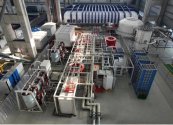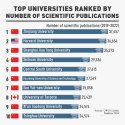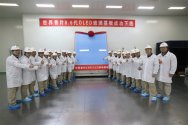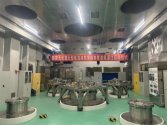China continue to build advance scientific infrastructure for research..
The world's largest superconducting magnet dynamic testing facility was built in Hefei
on December 30 that the "Fusion Engineering Reactor Central Screw System", a subsystem of the "Fusion Reactor Host Key System", a major national scientific and technological infrastructure built and operated by the Institute of Plasma Physics, Hefei Institutes of the Chinese Academy of Sciences, completed its first round of test experiments on December 29. The maximum test current reached a steady-state 48kA, exceeding the design value of 47kA.
The experimental results show that the facility has a total energy storage of 406.7MJ, an inner diameter of the available test magnet of 1500mm, a maximum field strength of 12T, and a joint resistance of 0.1 nanoohm, fully meeting the design indicators and
becoming the world's largest and most comprehensive large-scale superconducting magnet dynamic performance test system .
The goal of the "Fusion Engineering Reactor Central Solenoid System" is to build a large-scale superconducting magnet and experimental system, and carry out a series of experiments on the strong electromagnetic field, rapid changes in high pressure, and system reliability of the superconducting central solenoid magnet under the operating conditions of future fusion engineering reactors, laying a solid foundation for the construction of my country's fusion engineering reactors and obtaining sufficient operating condition data.

The project team spent nearly 10 years solving a number of key scientific and technological problems, including large-scale fusion reactor superconducting magnet design, low-resistance superconducting joints, ultra-low temperature magnet insulation, quench protection, large-scale low temperature, high current power supply, and rapid magnetic field change safety control. It
has successfully developed and built the world's largest superconducting magnet and test system, achieving 100% localization of superconducting magnet materials, equipment, and systems . Next, the system control will be further optimized, and in-depth scientific research will be carried out on high magnetic field change rate (1-5T/s), larger current (>50kA), higher magnetic field (>30T), and extreme accident conditions.





